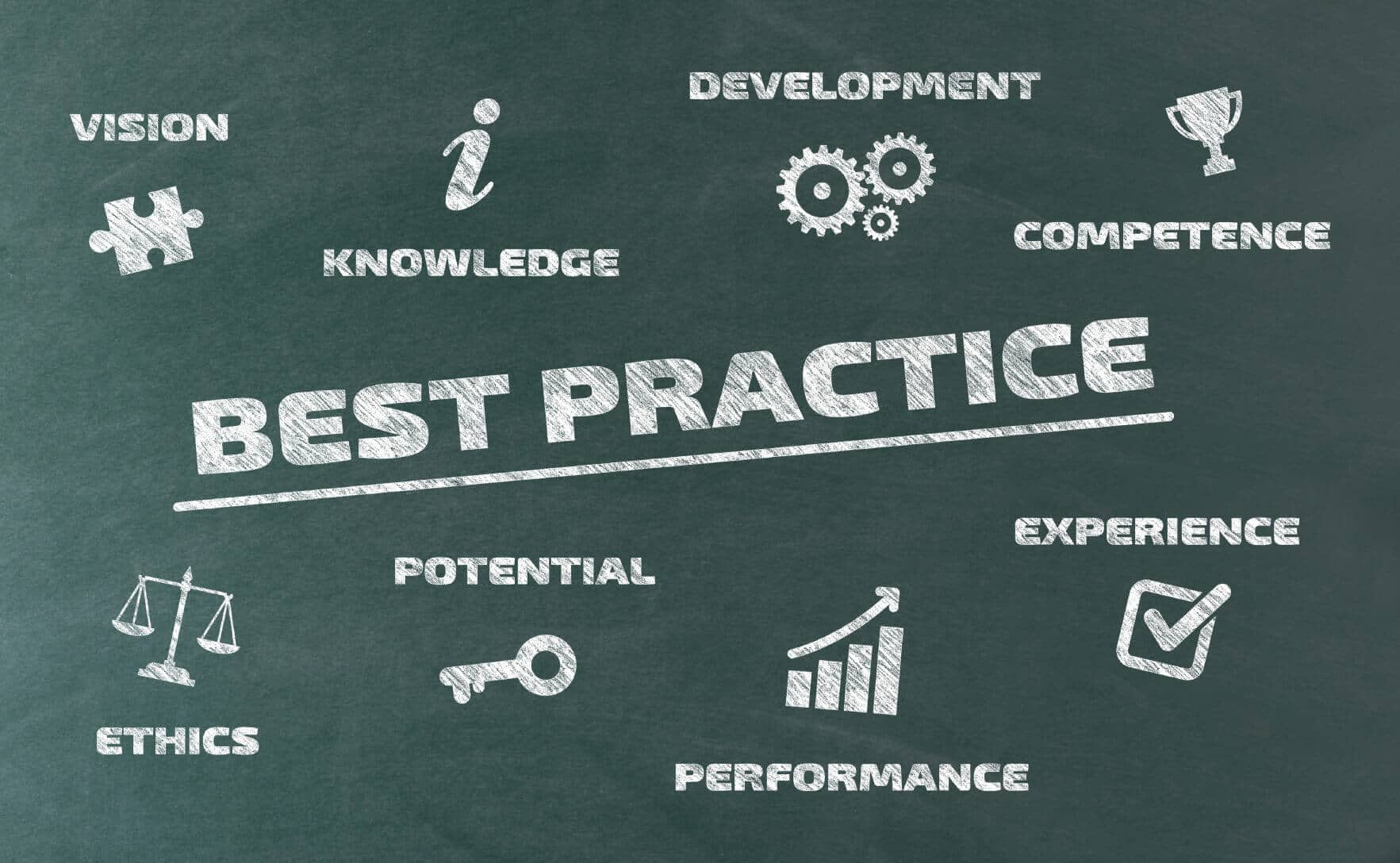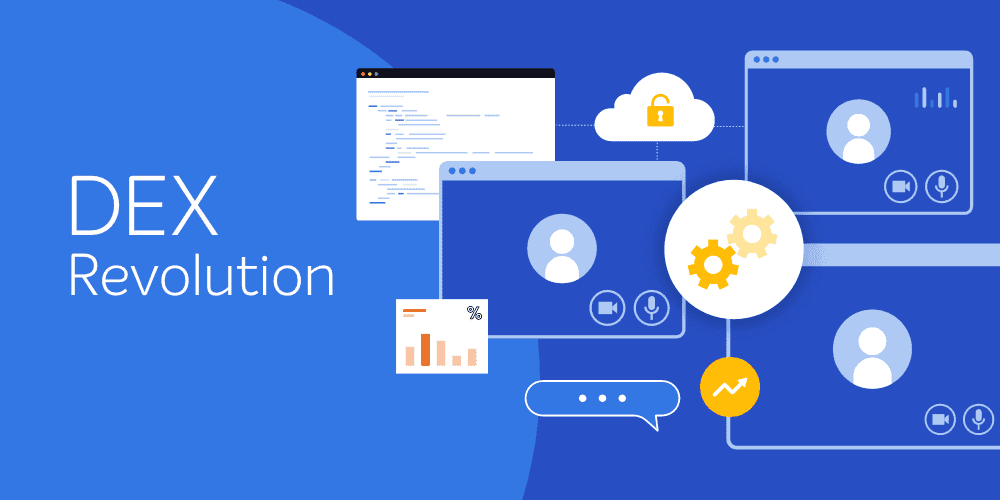During a recent discussion with a 1E customer about implementing a Software Asset Management (SAM) program, I was told that while this was something he would like to do, his understanding of it led him to believe it was difficult, time-consuming and might not offer sufficient returns. In response, I compared SAM programs to his HR group – they had policies and procedures that needed to be created which would streamline various functions. While he appreciated the comparison, he also said that HR presumably required people and technology – both expensive – which was exactly his concern about a SAM program. I reminded him that while the HR group came with a cost, it was put in place to reduce risk, provide a valued service to the business at the lowest cost and find the best people for their needs. SAM is no different.
While this may not have been the best example to use, it seemed to do the trick when he asked “What are three items a SAM program can deliver back to the organization?” When I said, “where do you want to start?” our 30-minute discussion suddenly moved to a sixty minute one.
Here are the three areas I highlighted:
1) Defining SAM and outlining its central benefits
SAM is defined as a business practice that involves managing and optimizing the purchase, deployment, maintenance, utilization, and disposal of software applications within an organization. Like all other companies, the customer organization I was speaking to is so heavily dependent on IT, that its software needed to be managed just as diligently as the company’s HR or finance groups. In fact, I’d argue that when it comes to software, things are perhaps even more challenging given that you cannot “see” the asset. Organizations spend vast sums acquiring and maintaining that software – and it needs to be managed effectively. Here are some of the simple questions I asked the customer:
- Is all installed software regularly used?
- Is unused software still getting maintenance? Unused software is also (often) unpatched software, and that creates security risks.
- Do you have a complete picture of your software estate, including installations and entitlements?
These questions are pertinent because 1E’s recently published data that shows that on average, 37% of all installed software is unused or rarely used. When I told the customer that often unused software is not updated to minimize security threats, he sat up in his seat.
2) Use of standards to make implementation easier
Those of you who know me understand that I am a proponent of ISO ITAM (going so far to be the secretary of the ITAM working group). However, my pitch was that SAM does not need to be created from scratch because there are globally accepted, best practice guidelines for SAM implementation. Known as ISO 19770-1, the guidance and processes from the Standard help set the path for a successful implementation. Further, I explained that should the interest be there, Certification under that Standard is available which may reduce the impact from, or even an audit from vendors who increasingly are understanding the value and intent (compliance) from the ISO standard. I added that aligning to the Standard also enables them to compare themselves to industry peers relative to their ITAM maturity.
3) Defining the success of a SAM implementation
Because our conversation involved cost (both of the SAM resource and the program itself), it was important to discuss the relative costs and benefits from a SAM program. While this topic could be the subject of a blog all of its own, here’s a brief outline of what makes a successful SAM program, and its manager. It may seem overly simplistic, but this was enough to sell the concept to a decision maker.
The goal of a SAM program starts with finding easy wins for the chosen scope. For example, organizations often do not track their software entitlements and installation. Knowing how many licenses you have installed and in use, is one way to reduce overall cost. While some argue that unused software may not result in savings, it does if some of that software is unlicensed (risk reduction) or is under a support contract (cost reduction by reducing that maintenance). Optimizing desktop and server licensing (reducing the number of overall vendors) or software products available (less impact on help desk) is also an easy win. Organizations also regularly purchase additional licenses to software titles, and reclaimed software can reduce that spend.
For the SAM Manager, the role is difficult as they need to build bridges to other groups within the organization and articulate how a recommend change in procedure or process benefits that particular group, or organization. As I’ve stated in previous blogs, executive sponsor support is critical to carrying this effort forward and meeting stated goals.
Bottom line, yes, this may be a situation of spending money to save money. But for the typical organization who may have 37% unused software, or have unlicensed software (BSA estimates 43% globally), it represents an opportunity to reduce risk as well as cost. When tracked and quantified, these savings easily pay for the SAM resource many times over – such benefits flowing to the bottom line – something any corporate officer would be happy to take to the bank.




